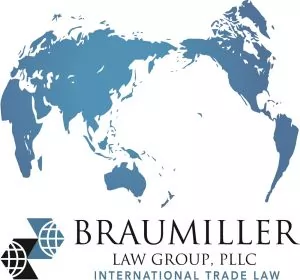On June 3, 2025, the Mexican Ministry of Economy published a decree in the Diario Oficial de la Federacion establishing the mandatory requirement of the Automatic Export Notice (Aviso Automático de Exportación) for 30 specific tariff codes classified under Chapters 22, 71, 84, 85, 90, and 94 of the MX Harmonized Tariff Schedule. Starting June 4, any exporter, including those operating under programs such as IMMEX, must request the Notice for each export pedimento that includes any of the listed tariff codes. The authority has ten business days, counted from the day after the submission of a complete request, to issue the Notice corresponding to each tariff code listed in the pedimento.
Due to the short implementation period, the decree raised concerns among exporters regarding potential delays in clearance and the added administrative burden of this new requirement. In response to these concerns, that same day the federal government granted a grace period through July 7, 2025, and established that applications for the Notice may be submitted starting June 30; however, an application submitted on that date might not be processed before the grace period ends, which could lead to delays in the export process.
To obtain the Automatic Export Notice, exporters must email a formal letter to the Ministry of Economy for each pedimento, including information such as the company name, tax ID (RFC), registered address, IMMEX or other applicable program number, as well as a power of attorney and an official photo ID of the legal representative. Additionally, an Excel spreadsheet must be attached, including information such as the tariff code, unit of measure, quantity, declared value, customs regime, destination country, detailed description of the goods, and, where applicable, any inputs classified under Chapters 72 and 73.
This measure is part of the implementation of the National Development Plan and aims to strengthen control over Mexican exports, encourage domestic production, increase national content in exports, promote nearshoring and the relocation of export platforms, and reinforce industrial sovereignty.
Practical recommendations for exporters in light of this new requirement include identifying shipments that contain the affected tariff codes, verifying the origin of all inputs, considering local or regional sourcing within the USMCA region, coordinating in advance with suppliers, customs brokers, customers, and freight forwarders, keeping supporting documents ready for potential audits, reinforcing internal compliance controls to reduce the risk of fines or shipment holds, and closely monitoring official updates or clarifications.
Check out our new Digital Magazine Get the inside scoop on the Braumiller Law Group & Braumiller Consulting Group "peeps." Expertise in International Trade Compliance.
The content of this article is intended to provide a general guide to the subject matter. Specialist advice should be sought about your specific circumstances.


